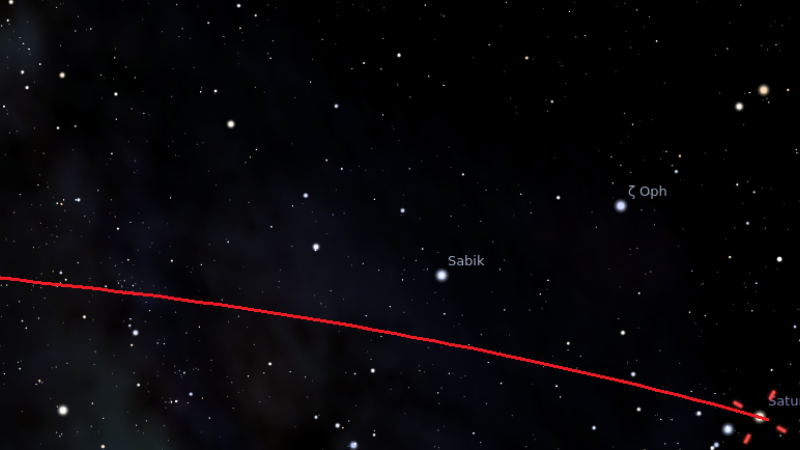Students from the Indian Institute of Science Education and Research combined a commercial satellite dish, a satellite finder and an Arduino, and produced a workable radio telescope. The satellite dish provides the LNB (low noise block) and the associated set-top box is used only for power. Their LNB employs an aluminum foil shield to block extraneous signals.
In addition to the hardware, the team built Python software to analyze the data and show several practical applications. They used known geostationary satellites to calibrate the signal from the finder (digitized by the Arduino) to determine power per unit voltage. They also calculated the beam width (about 3.4 degrees) and used the sun for other calibration steps.
The paper notes that some designs use the ubiquitous RTL-SDR, but this limits the bandwidth to about 3 MHz. The satellite finder detector is inherently broadband and the team claims a bandwidth for their scope of 1.1 GHz. Some designs (like the Itty Bitty) use a dual LNB to have both. If you are too lazy to build any hardware, you can still get into the radio telescope data crunching game.
If you want an introduction to radio astronomy, you might enjoy Dr. John Morgan’s lecture, in the video below.
















Well since the specialized electronics (LNB for the dish) are so cheap (like on the roadside on garbage day) this could be fun for the astronomy hobbyist.
True. I just threw away a dish. :-(
Wasn’t this done with old Channel Master signal strength meter before?
http://www.arrl.org/files/file/ETP/Radio%20Telescope.pdf
i recently built a radio telescope with satellite dish attached to a sdr and satellite finder and have heard some very interesting signals at frequencies of 163.847 mhz, and also 20 , 66, and 143 mhz. I have an amplifier and speakers which makes it very interesting. I wake up all my neighbors with whistlers and lazer sounds from space plasma interacting with our electromagnetic field. Really cool.